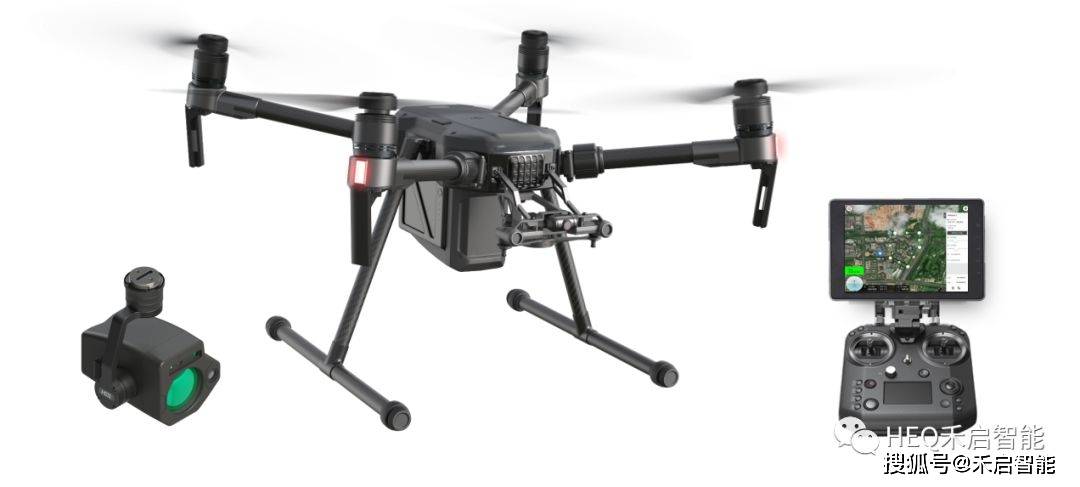Exploring the Benefits of Drones with Infrared Cameras

Drones equipped with infrared cameras have become increasingly popular in various industries due to their ability to capture thermal images that are invisible to the naked eye. These advanced devices offer a plethora of benefits across different fields, enhancing operations and improving efficiency. In this article, we delve into how these drones are revolutionizing industries, providing insights that only infrared technology can offer.
Understanding Infrared Drones
Infrared drones are equipped with special cameras that detect thermal radiation, thereby creating images based on the heat emitted by various objects. This capability is particularly useful in sectors such as agriculture, construction, public safety, and research. The applications are vast, making it possible to assess plant health, inspect buildings, and even locate missing persons.
Applications in Agriculture
In agriculture, infrared drones are utilized to monitor crop health. They can detect water stress, identify pest infestations, and measure plant vitality by capturing thermal imagery of the fields. This data enables farmers to make more informed decisions regarding irrigation and pest control, ultimately leading to higher yields and reduced costs.
Construction and Infrastructure
The construction industry benefits significantly from infrared drones through detailed structural inspections. Infrared technology allows detecting heat loss, electrical issues, and moisture intrusion in buildings, providing precise diagnostics without physical presence. Construction companies can perform safer and more efficient inspections, which can, in turn, prevent costly repairs and ensure compliance with safety standards.
Enhancing Public Safety
Public safety agencies employ drones with infrared cameras in search and rescue missions. These drones can locate warm bodies in difficult terrains or adverse conditions such as forests or open waters. Heat signatures make it easier to find individuals, much faster than traditional methods. Moreover, they assist in assessing fire scenes to ensure firefighter safety by identifying hot spots.
Environmental Research and Conservation
Environmental researchers use infrared-equipped drones to study wildlife and monitor ecosystems. These drones help track animal movements, identify species populations, and understand their behavior without causing disturbances. They contribute to conservation efforts by providing valuable data that aids in habitat management and biodiversity protection.
Choosing the Right Drone
When selecting a drone with an infrared camera, consider factors such as resolution, battery life, and range. It’s essential to choose a model that suits your specific requirements, whether for industrial inspections or agricultural monitoring. Advanced models offer enhanced features like GPS integration and data analytics capabilities, optimizing the user experience.
Frequently Asked Questions (FAQ)
Q: How do infrared cameras on drones work?
A: Infrared cameras work by detecting thermal radiation emitted by objects and translating it into visible images, highlighting differences in temperature.
Q: Are infrared drones expensive?
A: The cost of infrared drones varies based on their features and capabilities. Prices range from a few hundred dollars for basic models to several thousand dollars for highly advanced systems.
Q: Can infrared drones be used at night?
A: Yes, infrared drones are highly effective in nighttime operations due to their ability to detect and visualize heat signatures that are typically harder to discern in the dark.
In conclusion, drones with infrared cameras provide significant advantages by offering unique insights that enhance decision-making across multiple industries. With advancements in technology, the accessibility and applications of these drones continue to expand, promising further improvements in efficiency and safety.